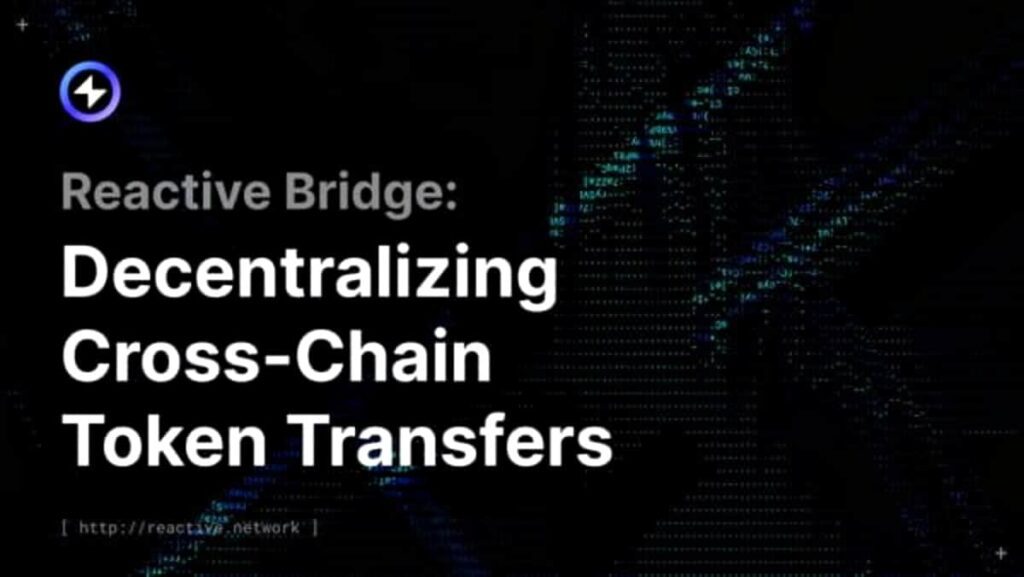In recent years, decentralized finance (DeFi) has revolutionized the financial sector. DeFi has introduced transparent, permissionless and efficient payment systems, streamlining international transactions. However, this growth has been accompanied by an increase in security concerns and several notable incidents have occurred over the years.
DeFi exchanges have become prime targets for hackers, leading to billions of dollars in losses in recent years. Amidst this turbulent landscape, PARSIQ’s responsive network emerges as a promising solution to safeguard DeFi ecosystems. With its innovative cross-chain capability, upcoming mainnet launch, and introduction of the REACT token, Reactive Network is setting the stage for a more secure DeFi future.
The Growing Threat of DeFi Exchange Hacks
The frequency of DeFi hacks has increased significantly in recent years. This poses a significant threat to the industry. According to Immunify, security breaches in DeFi exchanges accounted for $1.2 billion in financial losses in 2024 alone. Alarmingly, breaches of centralized finance (CeFi) platforms have seen a staggering increase in 984% in 2024, as reported by BeInCrypto. This trend highlights the vulnerabilities that exist across centralized and decentralized financial platforms.
High-profile attacks illustrate the scale and sophistication of these exploits. For example, the $625 million Ronin network hack occurring in 2022 is a stark reminder of the risks associated with weak security protocols. Likewise, the $100 million breach of Atomic Wallet a year later highlights the vulnerabilities of wallet services. These incidents highlight the urgent need for advanced security measures to protect user funds, maintain trust in DeFi, and promote growth in the coming days.
Introducing Reactive Network: The Future of DeFi Security
PARSIQ’s Responsive Network is a groundbreaking innovation and the platform has achieved significant milestones in its mission to revolutionize blockchain security. Last year, the platform launched its testnet, providing developers with tools to create more secure and efficient decentralized applications (dApps). In the coming months, PARSIQ plans to launch the Reactive Network mainnet with the REACT token.
At the heart of responsive networking is the concept of inversion of control (IoC). This technology allows smart contracts to operate autonomously, responding dynamically to events on connected blockchains. With Responsive Smart Contracts (RSC), users can benefit from transparent and secure cross-chain transactions without manual intervention. This innovation not only simplifies the workflow but also improves overall network security.
Enhanced security protocols
Reactive Network’s architecture addresses common vulnerabilities that traditionally affect DeFi exchanges. By tackling issues such as re-entry attacks and oracle manipulation, the platform provides robust protection against sophisticated hacking techniques. Automated incident response strategies further strengthen network defense, ensuring rapid threat detection and mitigation.
Standalone smart contract functionality
One of the most notable features of Reactive Network is its ability to autonomously monitor and respond to suspicious activities. This reduces the need for manual intervention, thereby minimizing human error, which is a major contributor to security breaches.
Interoperability between chains
In a DeFi landscape where interoperability is essential, the responsive network ensures secure and efficient cross-chain transactions. This minimizes the risks associated with bridging exploits, which are a common entry point for attackers. This allows users to transact across multiple blockchains with confidence, knowing that their assets are protected 24/7.
The Future of Secure DeFi Exchanges
As DeFi continues to grow, the need for robust security solutions becomes more and more critical. Reactive Network is at the forefront of this evolution, offering advanced tools and technologies to protect users and platforms.
The highly anticipated launch of the Reactive Network mainnet promises enhanced features and capabilities on the testnet. Developers and businesses are gearing up to leverage the platform’s tools to create secure, scalable, and efficient dApps. The introduction of the REACT token alongside the mainnet launch will further enrich the Reactive Network ecosystem.
The token will play a crucial role in transaction processing and network governance, encouraging participation and fostering a vibrant community. Through its carefully designed tokenomics, REACT aims to align the interests of all stakeholders, ensuring long-term growth and sustainability. Additionally, existing PRQ token holders can seamlessly exchange them 1:1 for REACT tokens.
By addressing common challenges and vulnerabilities plaguing the industry, Reactive Network is paving the way for a safer and more reliable DeFi ecosystem. Developers, businesses, and investors can consider exploring Reactive Network’s capabilities by engaging in the testnet and preparing for mainnet launch.
With the REACT token set to revolutionize transaction and governance processes, now is the time to join this innovative ecosystem. Stay tuned to the official Reactive Network blog and developer documentation to learn more and take the first step towards a more secure DeFi future.
RELATED TOPICS
- 6 of the Best Crypto Bug Bounty Programs
- We need smarter smart contracts to prevent DeFi hacks
- Top 5 Platforms to Identify Smart Contract Vulnerabilities
- Improving Blockchain Randomness to Eliminate Trust Issues
- 5 Ways Smart Contracts Make a Real Difference

